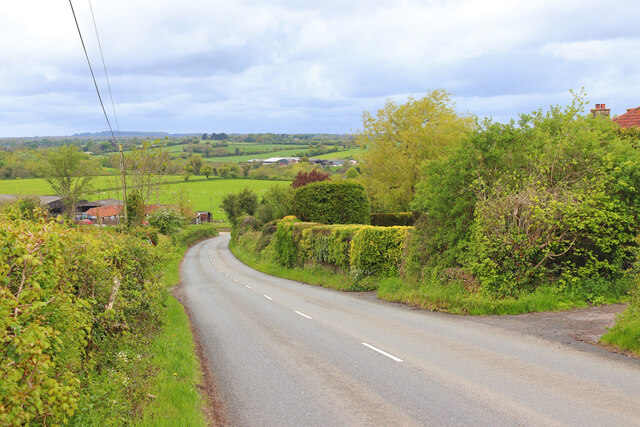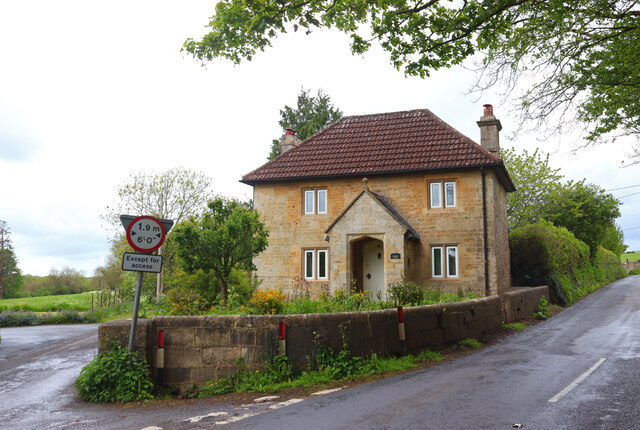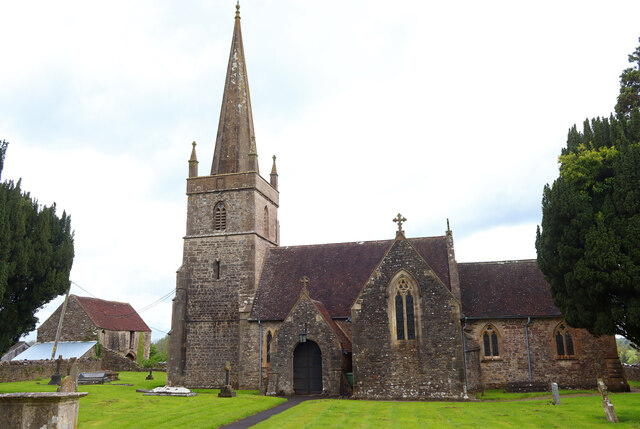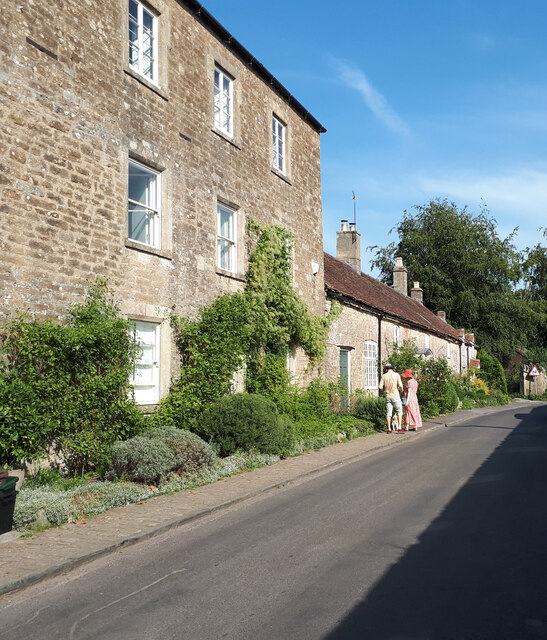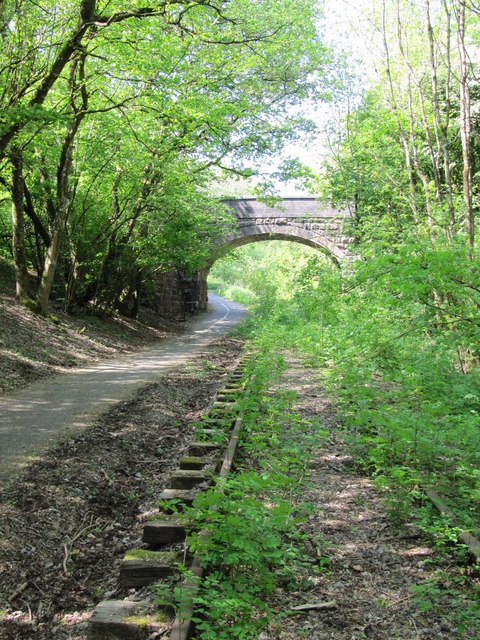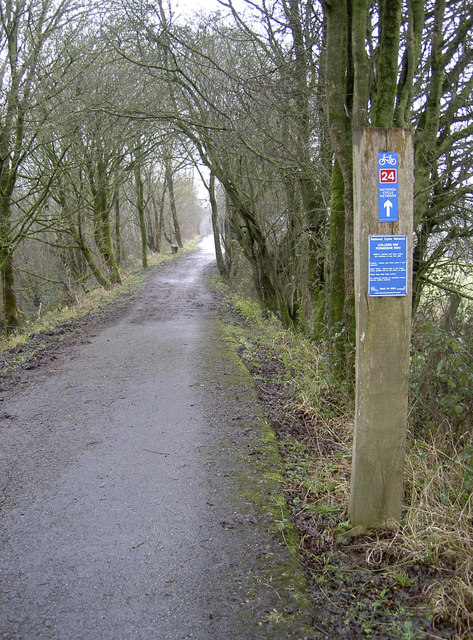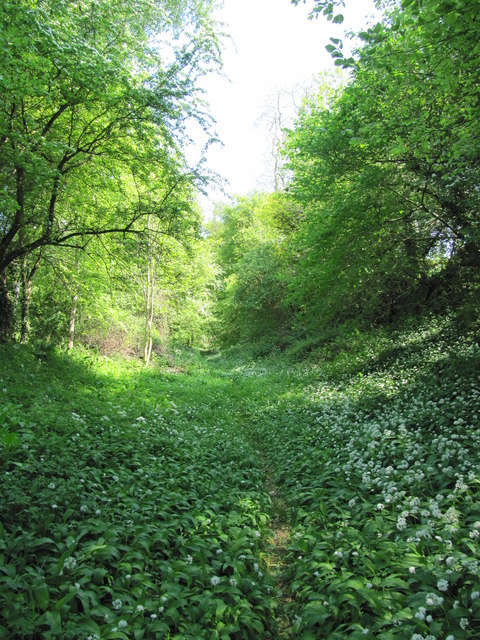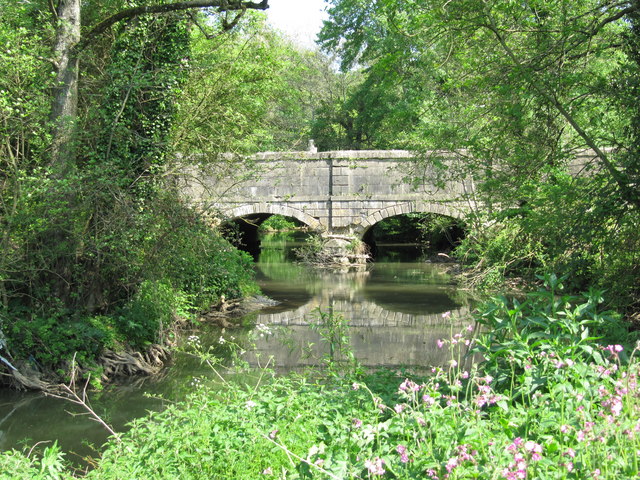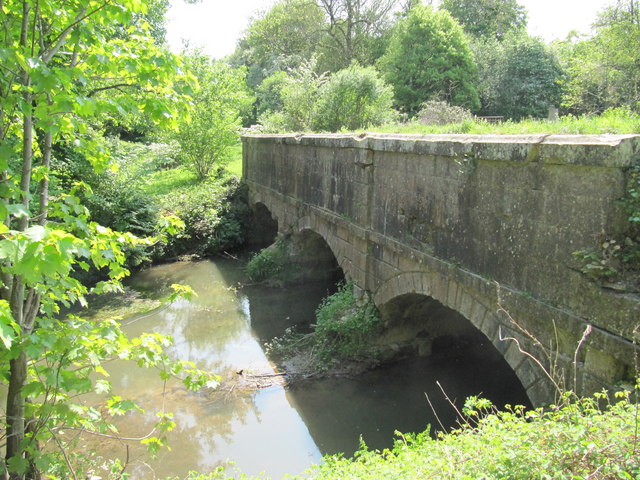Fordbury Bottom
Valley in Somerset Mendip
England
Fordbury Bottom
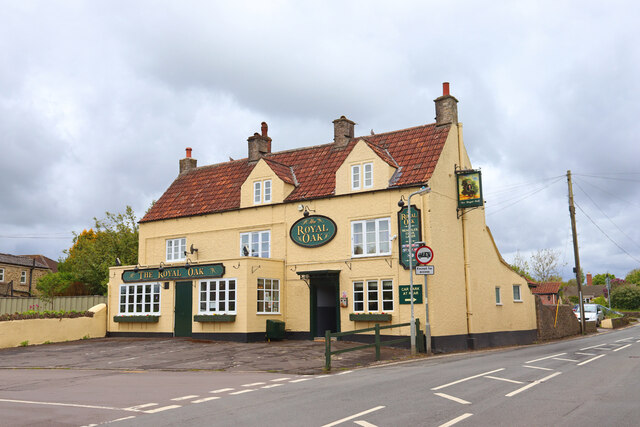
Fordbury Bottom is a picturesque valley located in Somerset, England. Situated in the southern part of the county, this stunning natural landscape is renowned for its bucolic charm and scenic beauty. Nestled between rolling hills and surrounded by lush greenery, Fordbury Bottom offers a tranquil and idyllic setting.
The valley is named after the small river that meanders through it, known as Fordbury Brook. This gentle stream, lined with willow trees and wildflowers, adds to the enchanting atmosphere of the area. The brook is also home to a variety of wildlife, including ducks, herons, and occasionally even otters.
The landscape of Fordbury Bottom is characterized by its undulating hills and meadows, which provide ample space for outdoor activities such as walking, hiking, and picnicking. The valley is crisscrossed by a network of footpaths and trails, allowing visitors to explore the area and enjoy the stunning vistas.
Historically, Fordbury Bottom has been an important agricultural area, with farms scattered throughout the valley. The fertile soil and favorable climate have made it conducive to farming, particularly for sheep and cattle. As a result, the valley is dotted with charming farmhouses and barns, adding to its rural charm.
Overall, Fordbury Bottom is a hidden gem in Somerset, offering visitors a peaceful retreat away from the hustle and bustle of everyday life. Its natural beauty, combined with its rich agricultural heritage, makes it a truly special place to visit and experience the beauty of the English countryside.
If you have any feedback on the listing, please let us know in the comments section below.
Fordbury Bottom Images
Images are sourced within 2km of 51.23787/-2.363311 or Grid Reference ST7448. Thanks to Geograph Open Source API. All images are credited.
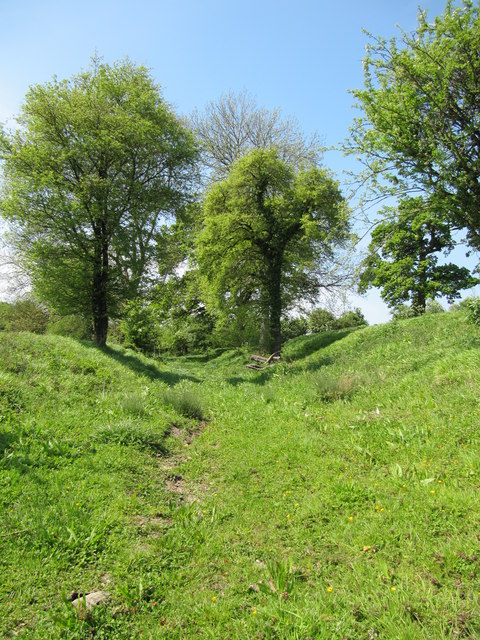
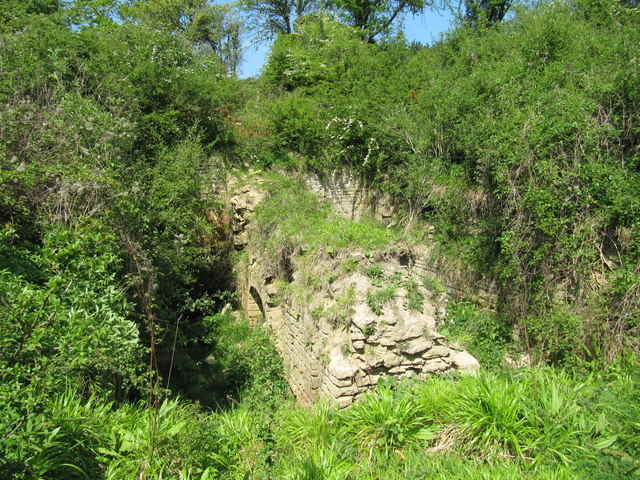
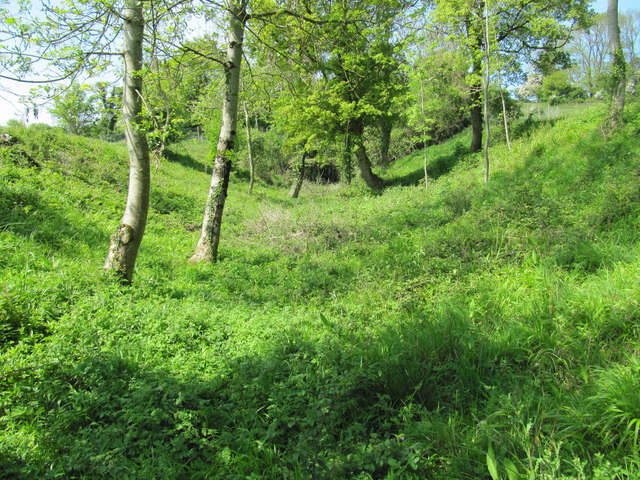
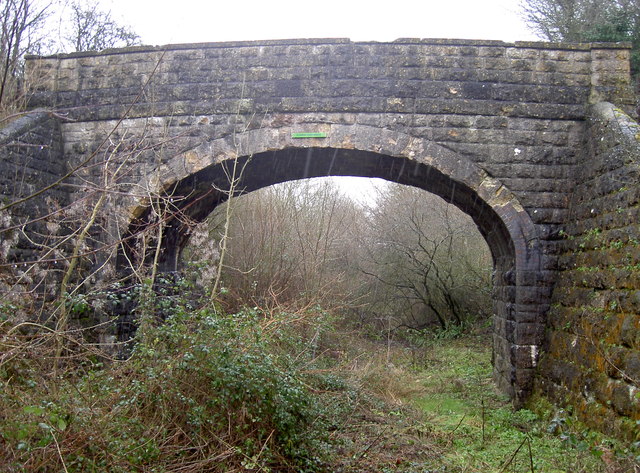
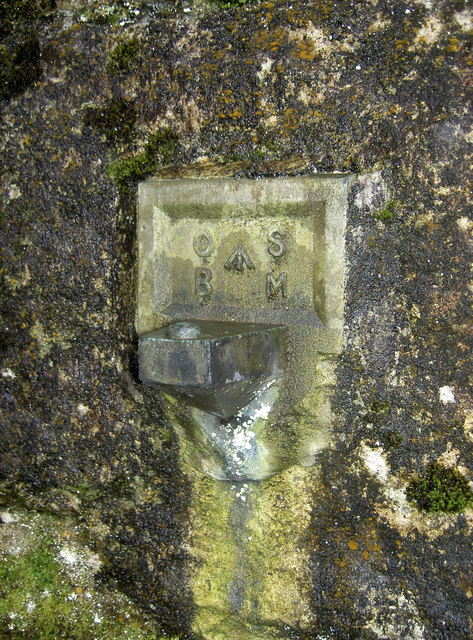
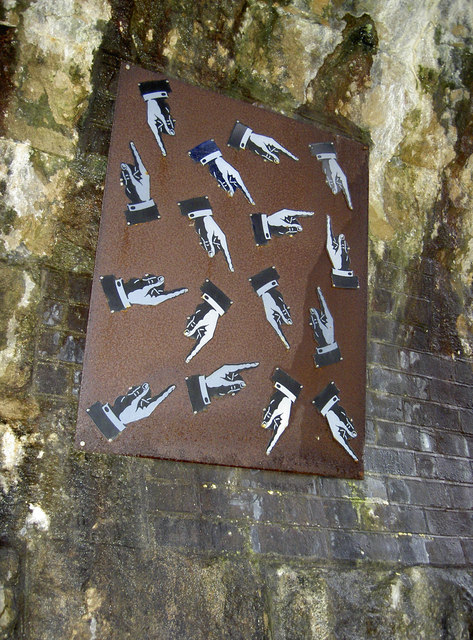
![Gate to the field A simple gate opposite Flowers Farm Bridge - see [[[3329125]] - that allows non-motorised passage to the other field on the other side of the railway. See also <a href="https://www.geograph.org.uk/photo/3330254">ST7450 : For all travellers</a> for the cattle grid here.](https://s3.geograph.org.uk/geophotos/03/33/02/3330247_6c5c9f5a.jpg)
![For all travellers Despite a simple cyclepath running alongside the old railway line, these gates are clearly designed to control a variety of wheeled, two-legged and four-legged users through. The adjoining bridge crossing the line is not one for motorised traffic as it leads to a field. See <a href="https://www.geograph.org.uk/photo/3330247">ST7450 : Gate to the field</a> for the gate and [[[3329125]] for the little bridge.](https://s2.geograph.org.uk/geophotos/03/33/02/3330254_7a6542ad.jpg)
Fordbury Bottom is located at Grid Ref: ST7448 (Lat: 51.23787, Lng: -2.363311)
Administrative County: Somerset
District: Mendip
Police Authority: Avon and Somerset
What 3 Words
///outsize.lifeboats.stability. Near Frome, Somerset
Nearby Locations
Related Wikis
Great Elm
Great Elm is a village and civil parish between Mells and Frome in the Mendip district of Somerset, England. The parish includes the hamlet of Hapsford...
Tedbury Camp
Tedbury Camp is a multivallate Iron Age promontory hill fort defended by two parallel banks near Great Elm, Somerset, England. == Background == Hill forts...
Vallis Vale
Vallis Vale (grid reference ST755490) is a 23.9 hectare biological and geological Site of Special Scientific Interest near Great Elm in Somerset, notified...
Old Iron Works, Mells
Old Iron Works, Mells (Fussells' Lower Works) (grid reference ST738488) is a 0.25 hectare biological Site of Special Scientific Interest, in the Wadbury...
Wadbury Camp
Wadbury Camp is a promontory fort in Somerset, England that protected the mining district of the Mendip Hills in pre-Roman times. It seems to have been...
Whatley, Mendip
Whatley is a small rural village and civil parish about 2.5 miles (4 km) west of Frome in the English county of Somerset. The parish lies south of Mells...
Mells, Somerset
Mells is a village and civil parish in Somerset, England, near the town of Frome. == Vobster == The parish includes the village of Vobster, which had a...
Church of St George, Whatley
The Anglican Church of St George in Whatley, within the English county of Somerset, dates from the 14th century. It is a Grade II* listed building.Parts...
Nearby Amenities
Located within 500m of 51.23787,-2.363311Have you been to Fordbury Bottom?
Leave your review of Fordbury Bottom below (or comments, questions and feedback).
